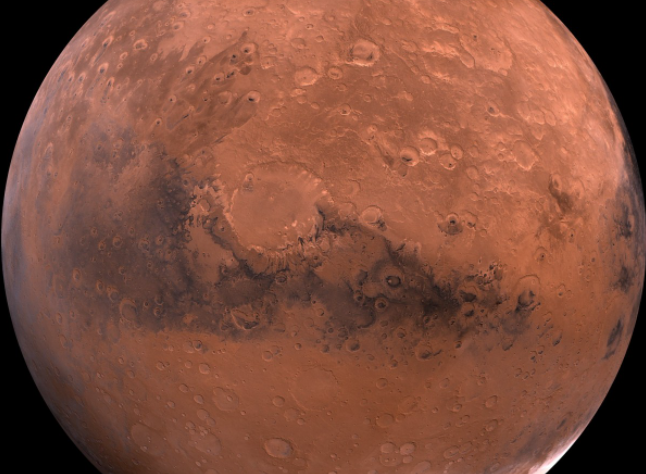
Humanity could unknowingly contaminate Mars as well as other worlds that are being explored in the future with certain microorganisms that come from our planet. Scientists over at NASA as well as the German Aerospace Center have previously launched a number of fungal as well as bacterial organisms straight into the stratosphere back in 2019 for the MARSBOx experiment.
Can there be life on Mars?
The MARSBOx experiment can be seen here as it covers how the stratosphere, which is the second major layer of the Earth's said atmosphere just a little above the ozone layer, has certain conditions that are quite closely similar to that of the Red Planet as well as a perfect place in order to send some samples to try and figure out if the said samples would survive on Mars.
Scientists have recently published a paper regarding their findings and how they have discovered how the supposed spores of black mold could have survived the said trip.
According to the story by Engadget, the said microorganisms could only survive on the said surface of Mars just temporarily. Researchers, however, have found that the said spores could actually be revived once they come back to earth.
List of earth organisms that can survive on Mars temporarily:
1. Aspergillus niger
2. Salinisphaera shabanensis
3. Staphylococcus capitis subsp. Capitis
4. Buttiauxella sp. MASE-IM-9
These are known to be fungal spores and bacteria cells that were inside the said MARSBOx otherwise called the Microbes in Atmosphere for Radiation, Survival, and Biological Outcomes Experiment which was an aluminum container that was used.
There were also two different sample layers inside the said container. The bottom segment was shielded from radiation so that NASA can be able to separate the known effects of radiation against the effects of other particular environmental conditions.
A particular NASA balloon actually carried the said container to the earth's stratosphere, where the said samples were subjected to certain MArtian-like conditions and were also exposed to UV radiation that was over a thousand times more than that of the level which can cause sunburn.
Read Also: NASA Explains How Perseverance Rover Will Land on Mars on February 2021
NASA cautious about contamination
Some time last year, NASA had uploaded its said policies in order to reflect its strong commitment in order to prevent both the Moon as well as Mars from any kind of human contamination.
The agency also reportedly wants to ensure that it won't unknowingly take certain organisms or other types of contaminants coming from Earth to the other worlds, since this could possibly compromise the efforts in searching for extraterrestrial life.
Bringing them home coming from other worlds could also reportedly have a negative effect on our environment. The expert explains that experiments like the MARSBOx is actually a really important way for humans to be able to explore all of the possible implications of space travel towards microbial life.
This will also allow scientists to learn how it is possible to drive this knowledge towards some other amazing space discoveries.
Related Article: Newly Invented Fusion Rocket Thruster Concept Might be Our Ticket to Mars and Beyond!
This article is owned by Tech Times
Written by Urian Buenconsejo









